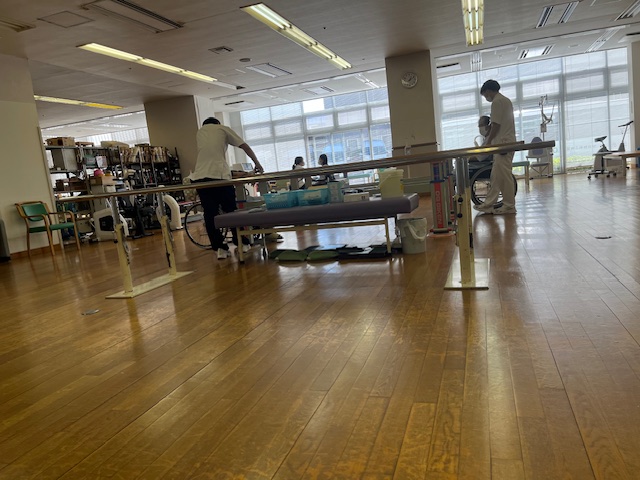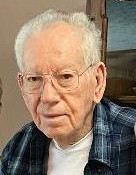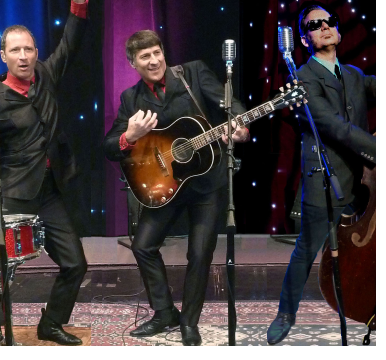The human body truly is a remarkable machine that has the ability to heal itself. After being hospitalized for nearly three months from injuries I suffered while on a trip to Amsterdam, I am amazed at how quickly the body repairs itself.
No doubt, I have been aided immensely from all the distant healing and prayers people have showered me with since the accident, and for this I am eternally grateful. Thank you all!
When I first wrote my column about my accident in Amsterdam, many readers reached out to ask about the type of physical therapy I am receiving. I guess the photo I included of the funky looking walker piqued people’s interest as to what type of rehabilitation I am doing.
On Feb. 13, I was transferred from the hospital where I had my knee surgery to repair the torn triceps tendon, to a hospital that has a specialized physical therapy department. Granted, at 62 years of age, I feel downright young when I enter the therapy room as most of the patients are much older than I am.
To illustrate how rumors get started, on my first day, another American man saw me enter and before he left, he asked his therapist to wheel him over to introduce himself. As he approached, he sheepishly asked if I spoke English. I replied yes, and asked where he was from and he said he was from Chicago originally and I immediately told him I am from Indiana.

He looked confused, and asked, “You’re not Dutch? I heard you were Dutch.” I explained that I was injured while traveling in Holland, but I am a Hoosier by birth. So, the therapists must have heard Amsterdam at some point and assumed I am Dutch. I am glad we got that all cleared up!
It turns out he is a retired Catholic priest who came to Japan in 1962. I was born in 1961! And here I thought I was one of the “old-timers” in Japan, but he has me beat by decades! Anyway, it was nice to have a chat with him. He suffered a broken hip and is undergoing physical therapy in order to return to his home here in Fukuoka. Our paths occasionally cross going to or coming from physical therapy.
We are anomalies, for sure, in the rehabilitation room. When I enter, all the older Japanese patients’ eyes get as big as saucers when they see me … I guess they’re not expecting to see a foreigner undergoing physical therapy. In addition, I don’t wear the traditional hospital pajamas but opted to wear my own “nightshirt” which is quite different from what they are used to seeing. However, they are all quite pleasant and greet me cordially, but they do generally have a look of surprise on their faces when they first see me.
It is amazing to me how the simplest of movements during a session can make the world of difference in the range of motion and flexibility on my injured knee. A first, I had my doubts that the little prods and pokes, and simple squeezing of a rubber ball between my knees would make any identifiable difference, but I am a true believer now.
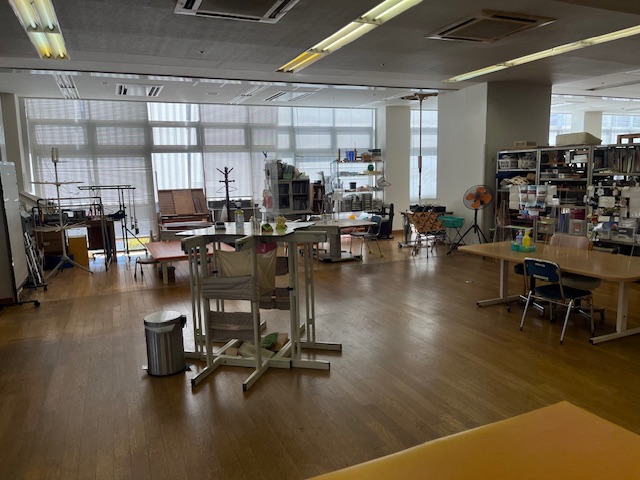
The therapists are well-trained and work ever so gently, but diligently, in getting tight muscles relaxed and in working the injured area ever so slightly and expertly to offer better mobility and functioning. It is a slow process but the positive results from my twice daily, hour sessions are revealing themselves more and more each day.
I am so impressed also with the kindness and patience the therapists exhibit when working with the patients. As I mentioned earlier, the majority of the patients are in their 80s and 90s, and some with rather severe issues they are trying to remedy, but the therapists are so gentle and considerate in their treatments and in their demeanors which is admirable. It takes a special kind of person who has an abundance of compassion and empathy to do this type of work.
The majority of the therapists are quite young, but very dedicated and knowledgeable in their profession. This is also a teaching hospital, so physical therapy schools send students here for internships as part of their studies. I have had two such students shadowing my primary therapists since coming here.
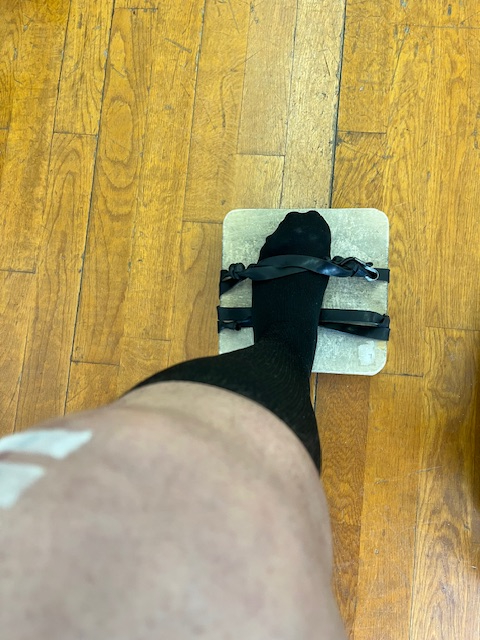
While some of the PT equipment seems rather rudimentary and antiquated in their design (photo of my foot pushing a wooden board on wheels), they still prove to be amazingly effective. Some of the exercise equipment and tasks they have us do look very homemade, but again, they get the job done, which is what the ultimate goal is.
One complaint I do have, however, is that it seems like hospitals here in Japan do not take into account various body types and sizes. I am five feet, 10 inches, which is not terribly tall because I have students who tower over me anymore. Back in 1979, I did feel quite tall riding trains as few people were as tall as I was, but in the past 40 years that is no longer true.
I find all the chairs and equipment to be too low to the ground, which is perfectly designed ergonomically for the really elderly here who need that “one size fits all” design for the average Japanese person born in the 1930s and 1940s. But even Japanese body types have changed in the past several decades and I am finding hospitals are too slow to accommodate for this change in the general population regarding body types when updating and acquiring new equipment.
I suggested that they have at least one chair that sits higher for patients who are taller than 5-2. Right now, they use cushions to add height to my chair and for the other man from Chicago who is much taller than I am even though he is 85 years old. Even wheelchairs are all very narrow in the seat, so we cannot use them comfortably. Again, a hospital this size should have at least one larger sized wheelchair for people who are bigger or taller.
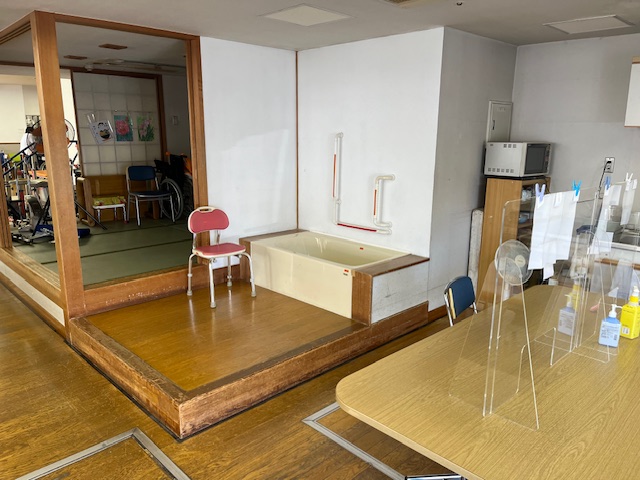
On the positive side, they have recreated an actual Japanese home (with tatami mats and all) in the rehabilitation room to assist people in relearning how to maneuver around furniture, the bath, kitchen, etc. for when they are released and allowed to return home (photo).
Overall, I am quite pleased with the treatment I am receiving and feel that my daily and steady improvement is proof that the physical therapy regimen I am on is working.
Editor's Note: Professor Leonard was officially released from the hospital Thursday after nearly 10 weeks of treatment.
The Shelby County Post is a digital newspaper producing news, sports, obituaries and more without a pay wall or subscription needed. Get the most recent Shelby County Post headlines delivered to your email by visiting shelbycountypost.com and click on the free daily email signup link at the top of the page.

